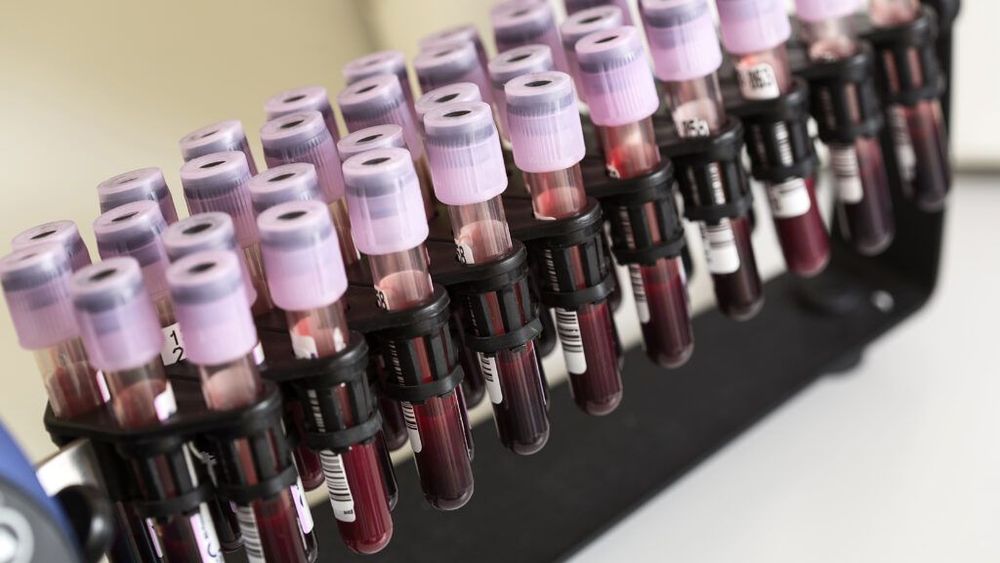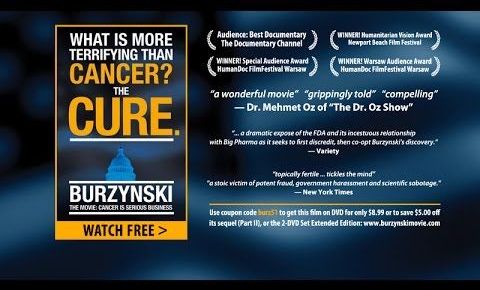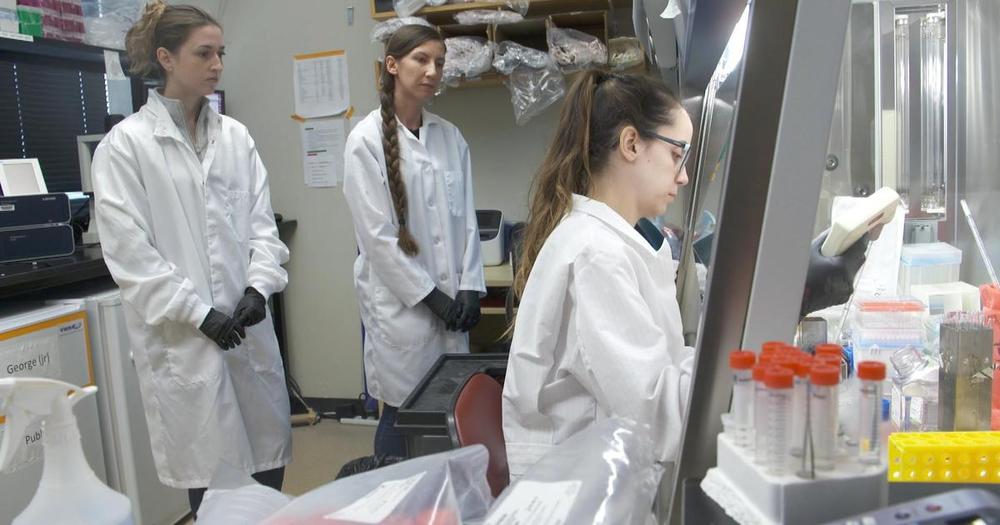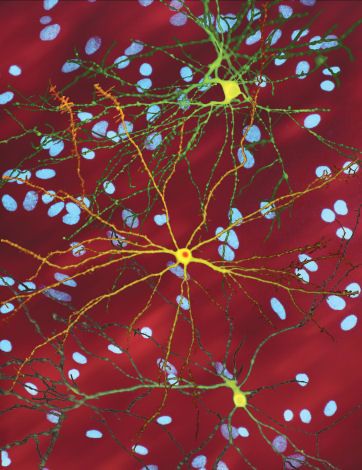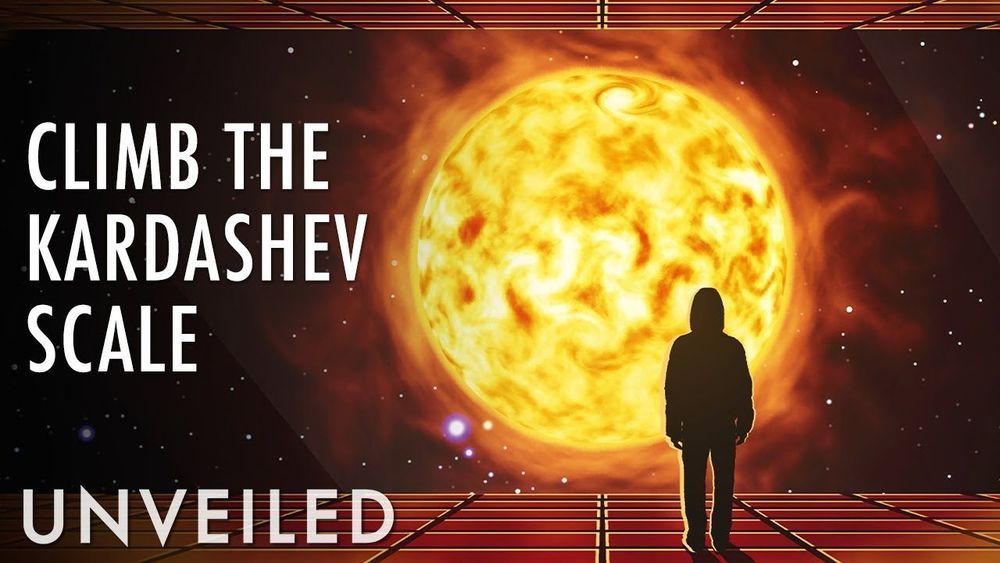
The applications of spin dynamos, which could potentially power complex nanoscopic devices, have so far been limited owing to their extremely low energy conversion efficiencies. Here, we present a unique plasmonic diabolo cavity (PDC) that dramatically improves the spin rectification signal (enhancement of more than three orders of magnitude) under microwave excitation; further, it enables an energy conversion efficiency of up to ~0.69 mV/mW, compared with ~0.27 μV/mW without a PDC. This remarkable improvement arises from the simultaneous enhancement of the microwave electric field (~13-fold) and the magnetic field (~195-fold), which cooperate in the spin precession process generates photovoltage (PV) efficiently under ferromagnetic resonance (FMR) conditions. The interplay of the microwave electromagnetic resonance and the ferromagnetic resonance originates from a hybridized mode based on the plasmonic resonance of the diabolo structure and Fabry-Perot-like modes in the PDC. Our work sheds light on how more efficient spin dynamo devices for practical applications could be realized and paves the way for future studies utilizing both artificial and natural magnetism for applications in many disciplines, such as for the design of future efficient wireless energy conversion devices, high frequent resonant spintronic devices, and magnonic metamaterials.
In 2007, Y. S. Gui, et al.1 first proposed and demonstrated the spin dynamo, first proposed and demonstrated the spin dynamo, is constructed that provides a new and interesting way to generate direct current via spin precessions to locally power nanoscopic devices and for future applications such as wireless energy conversion. Compared with the spin-driven currents in semiconductors2, spin dynamos are based on ferromagnetic materials1 or spin-torque diodes3, 4, which feature a much higher current/power ratio coupled with a much smaller internal resistance. However, the reported works are limited to sophisticated waveguide couplings (and therefore to wires), such as coplanar waveguides (CPWs)5, 6, microstrip lines7, 8, and bias Tees3, 9 –12, to in-couple radio-frequency or microwave electromagnetic waves. Free space direct illumination has rarely been studied, despite its excellent suitability for wireless energy conversion.
